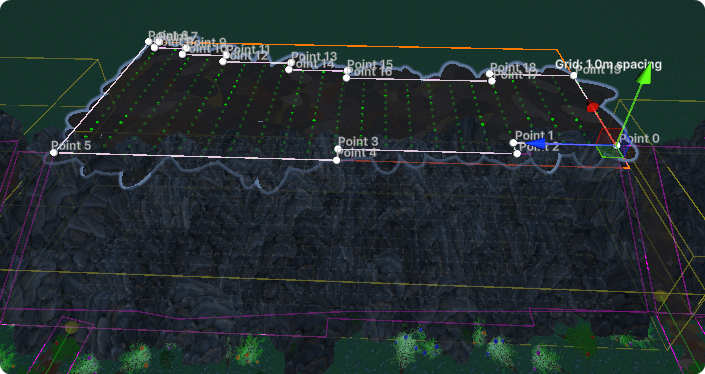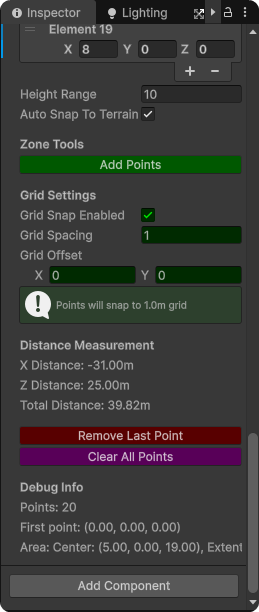
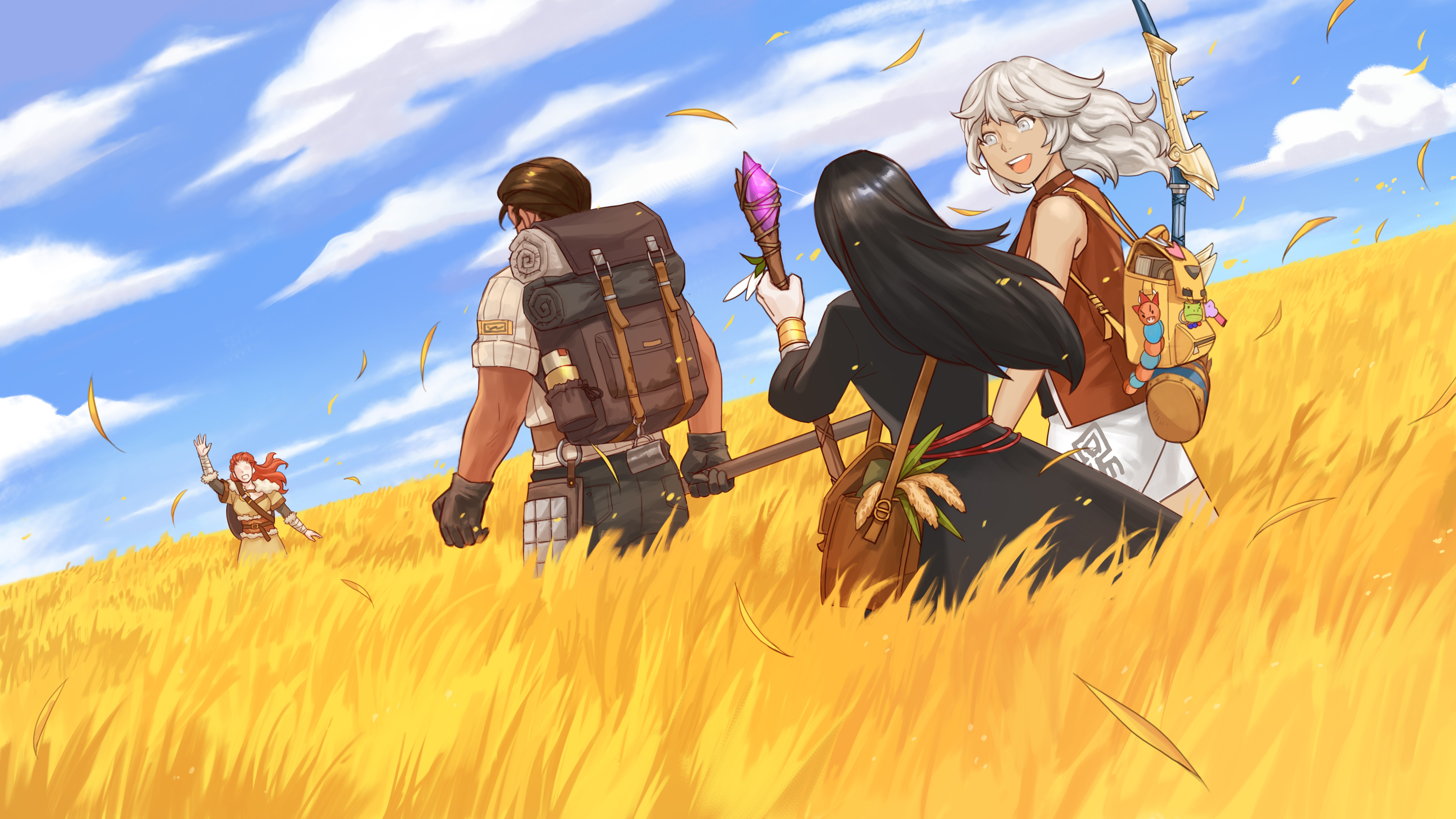
Hello, this is the Troubleshooter development team.
We hope you are doing well.
Meanwhile, we spent the last four months solving various problems that we encountered while developing new functions for our sequel.
We faced many unexpected challenges, each one demanding and exhausting to resolve.
Nevertheless, we are trying our best, step by step, to present you with another amazing adventure.
In this post, we’d like to share what we’ve been working on over the past four months.
In our last post, we revealed 5 of our main casts - Ari, Hannah, Azul, Faye, and Claudia.
And now, we have finished the other 6 characters, including their own background and story.
With this,『Troubleshooter: Banished Children』will present the story of 11 main characters.
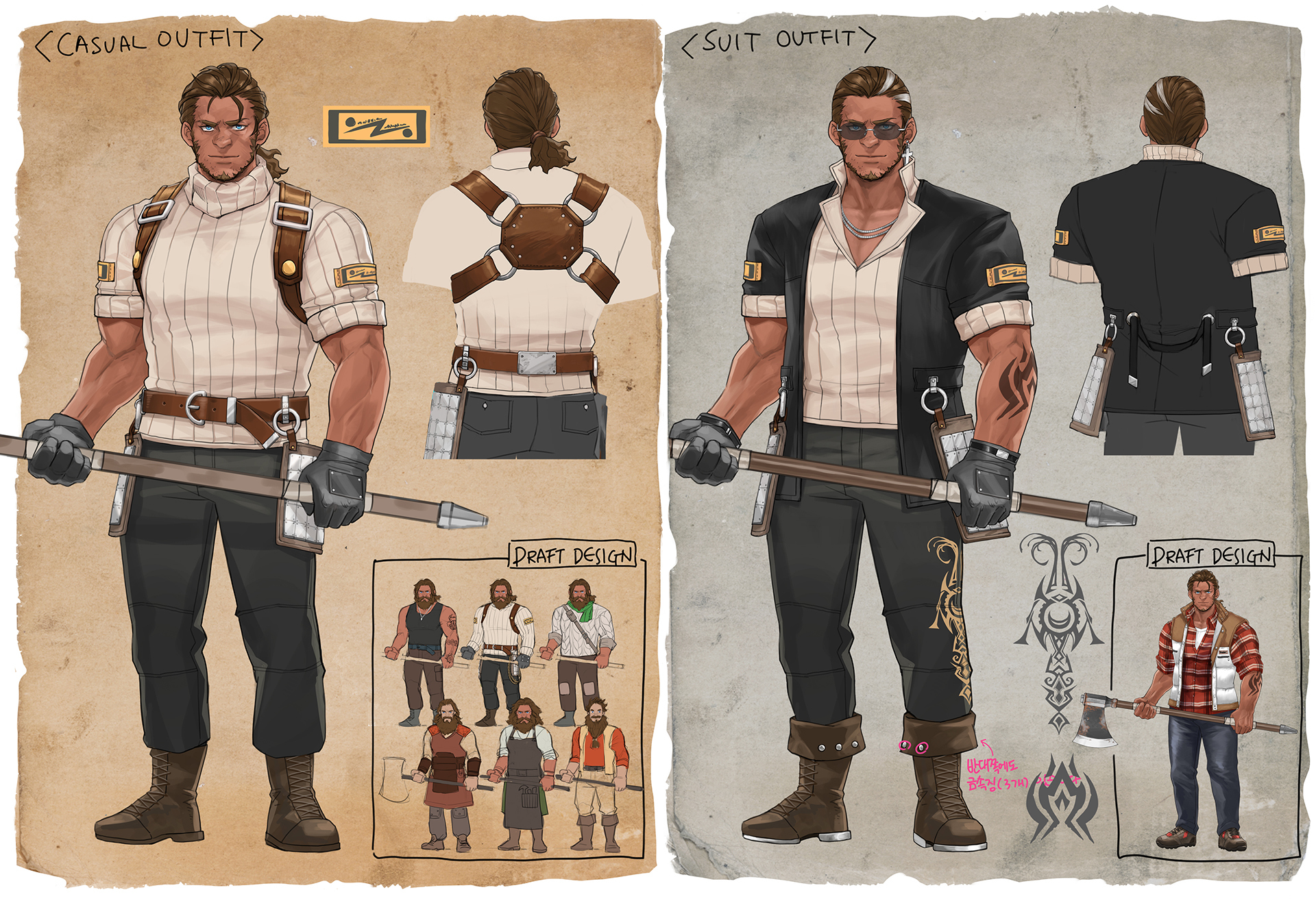
Gravis spends his day wearing only a knit turtleneck shirt, even in harsh weather…
...just because ‘he’s too tired to layer up’.
However, when he goes to get some goods, he slicks back his hair, highlights it, and wears fancy trousers with a dark-colored jacket.
Because he believes that people won’t look down on him if he looks like this.
Ari, while looking at him, always thinks.
“It won’t make any difference.”
Since he already looks so intimidating with his physique.

As a former lawyer, Tyra felt deep disappointment in the law and authority while witnessing the corrupted ‘justice’ of Valhalla.
The day her client was imprisoned by false accusation, she clipped her hair that she had grown since she was a child, and threw away all the expensive suits and shoes she had. That was the day she abandoned her career as a lawyer and became a Troubleshooter.
As a Troubleshooter, she now wears cropped jackets with innerwear that she never tried when she was a lawyer, and wears sturdy leather boots instead of luxury shoes. As a lawyer, she had to hide her true self behind formal suits, but now she puts on badges that represent various organizations she believes in.
It’s the same for her casual look. For Tyra, fashion is more than just clothes to wear, but an expression of her rebel spirit to society.
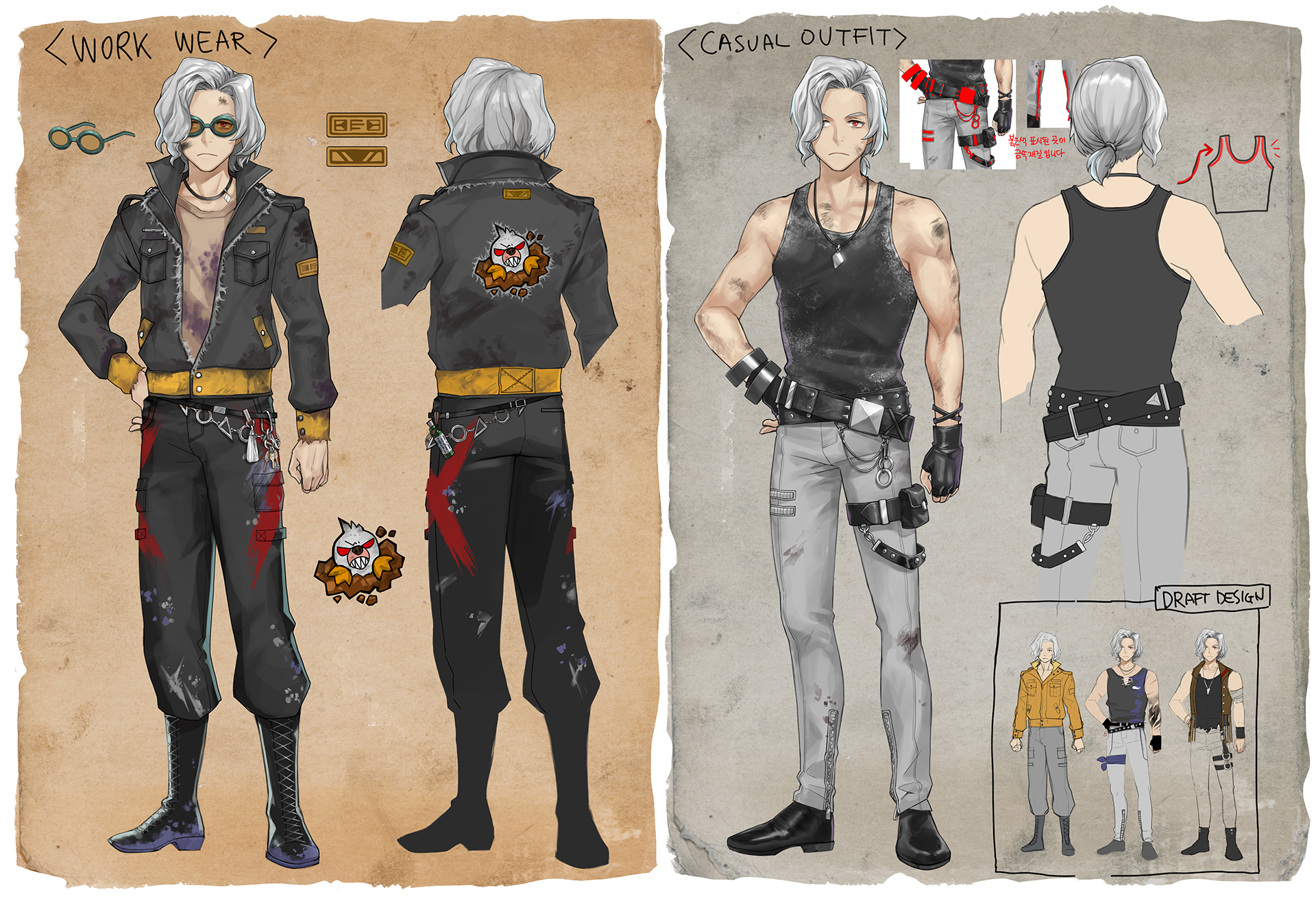
Reed spent a lot of time finding valuable things in scrap. There are paint stains on his work suit that can’t be removed with ordinary washing, and the frayed hems show signs of wear and tear.
His colleagues recommend that he buy a new one, but he thinks that it is not necessary, since it will get dirty soon. As long as it doesn't smell too bad, he's content.
Indeed, he knows that one day he has to change his suit again. Usually, he wears more casual clothes.
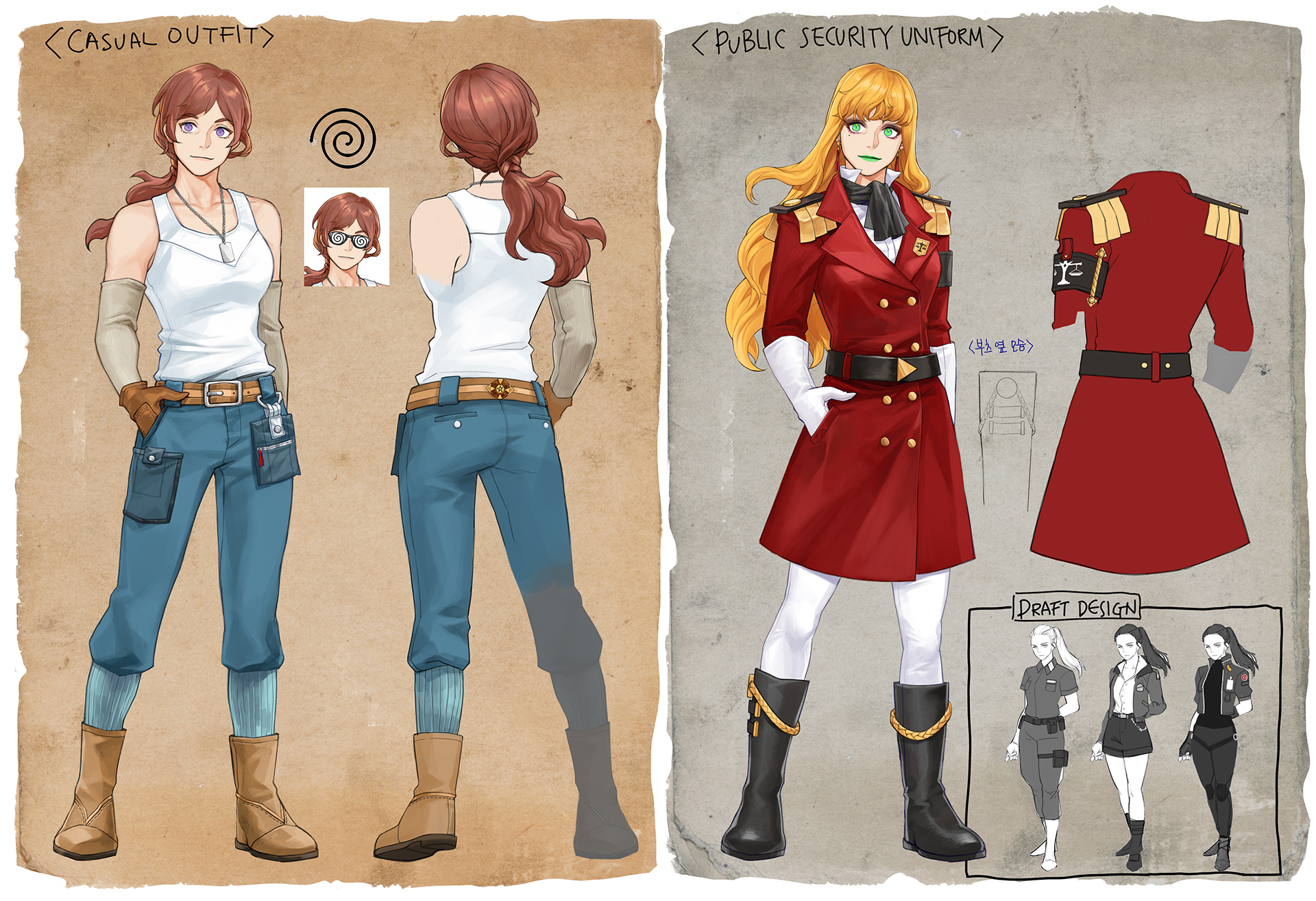
As the youngest Public Security officer in history and the youngest Public Security chief officer in history, Lumi set a new example with her excellent skills.
Despite all her efforts, people called her only ‘daughter of the Director’. Jealous, her colleagues mocked her success as a trophy made by her father.
On the first day of her work as chief of Section 1, she ‘armed’ herself with a red uniform exclusive for chief officers, blonde wig, dark eyeshadow, and red lipstick. It was like her armor protecting her from many suspicions and mockery.
Since then, she has led her team with righteous jurisdiction and a calm judgment, silencing anyone who questioned her skills before. Her red uniform and makeup became more than just show-offs. They became icons of her presence.
But when she comes back home, she throws away that armor of hers.
Wigs away, makeup off, she turns to “Lumi” again when she puts on her sleeveless shirt and jeans.

The Nine Dragons. The strongest crime organization in the East Alliance.
To choose its new leader-The Dragon Head, they held a competition called ‘The Game of Dragons last’
Each clan sends its champion, and there is one more person to check the last leader’s clan. So there are 10 candidates. These candidates are called Carps, and only one of them can become the Dragon Head- the supreme leader who rules the Nine Dragon gang.
Ryo Ryuzaki, the 10th Carp.
He turned his face away and ran away from his fate, but it won’t let him go that easily. By a twist of fate, he took many people’s lives, just like when he was an assassin for his clan before.
The weight of his karma became heavier, and his way to redemption has been blocked. Until he met his former master, Kylie.
If he can’t run from his fate, he’s going to fight it. For his new goal, he now heads to Kalter while disguised.

Son of Edward Leblanc, the most powerful man in Valhalla.
The former successor of the Leblanc family.
Vahalla’s ‘Orichalcum’ rank wanted criminal.
A prophetic artist known as Ramjist.
He has many names, each one being grand and heavy enough.
But if one meets Yuri in person, they can never imagine that these names fit him.
Because, he is just an everyman in appearance.
Today, Yuri is travelling across the Kalter to fulfill his purpose, wearing comfortable clothes.
For practical reasons, it’s not easy for us to afford dynamic and cinematic video cutscenes.
Instead, we choose to rely on the illustration-focused method, just as we did in our first game. To improve your immersive gaming experience, we adopted a new technology: The image conversion.

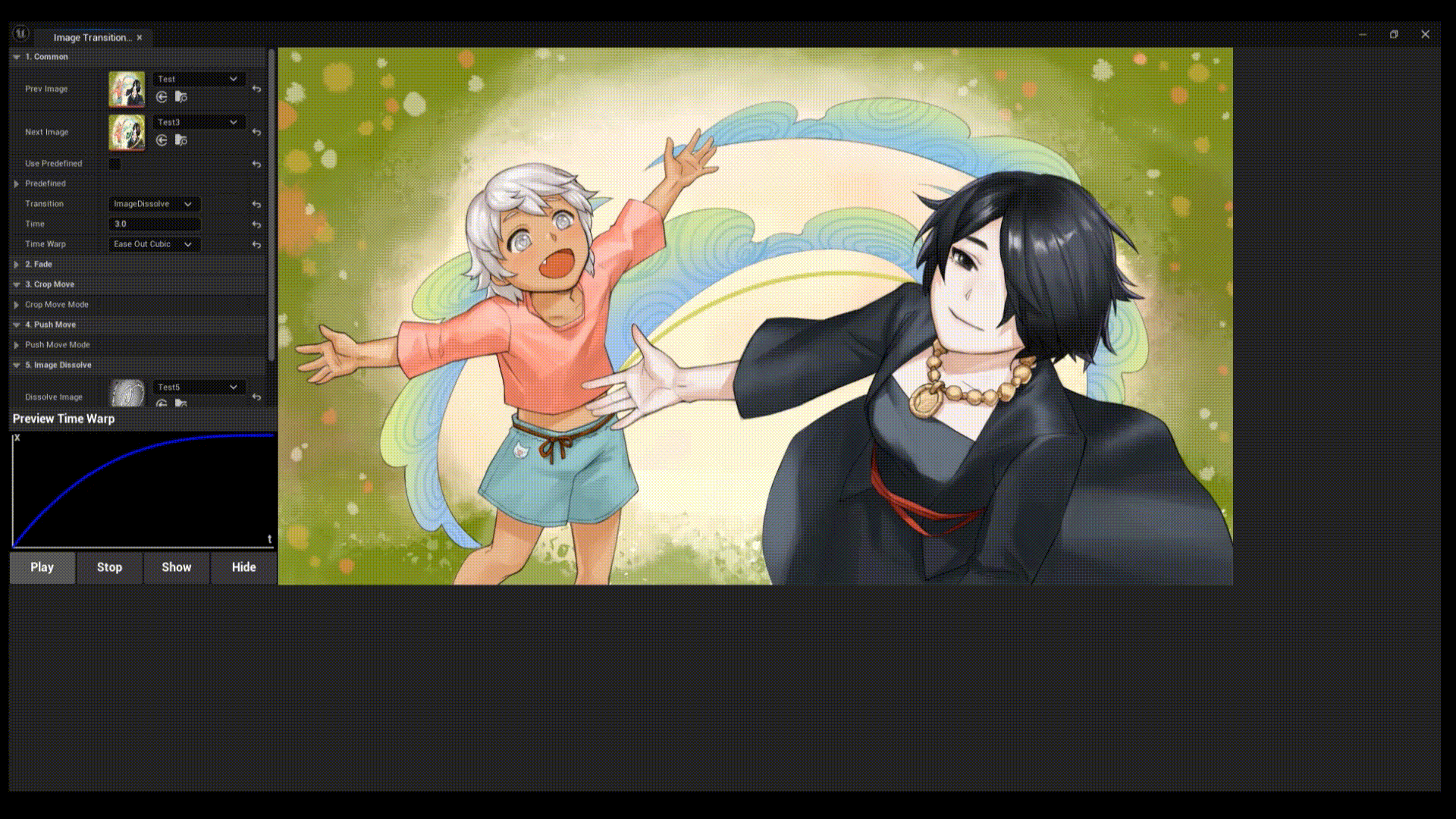
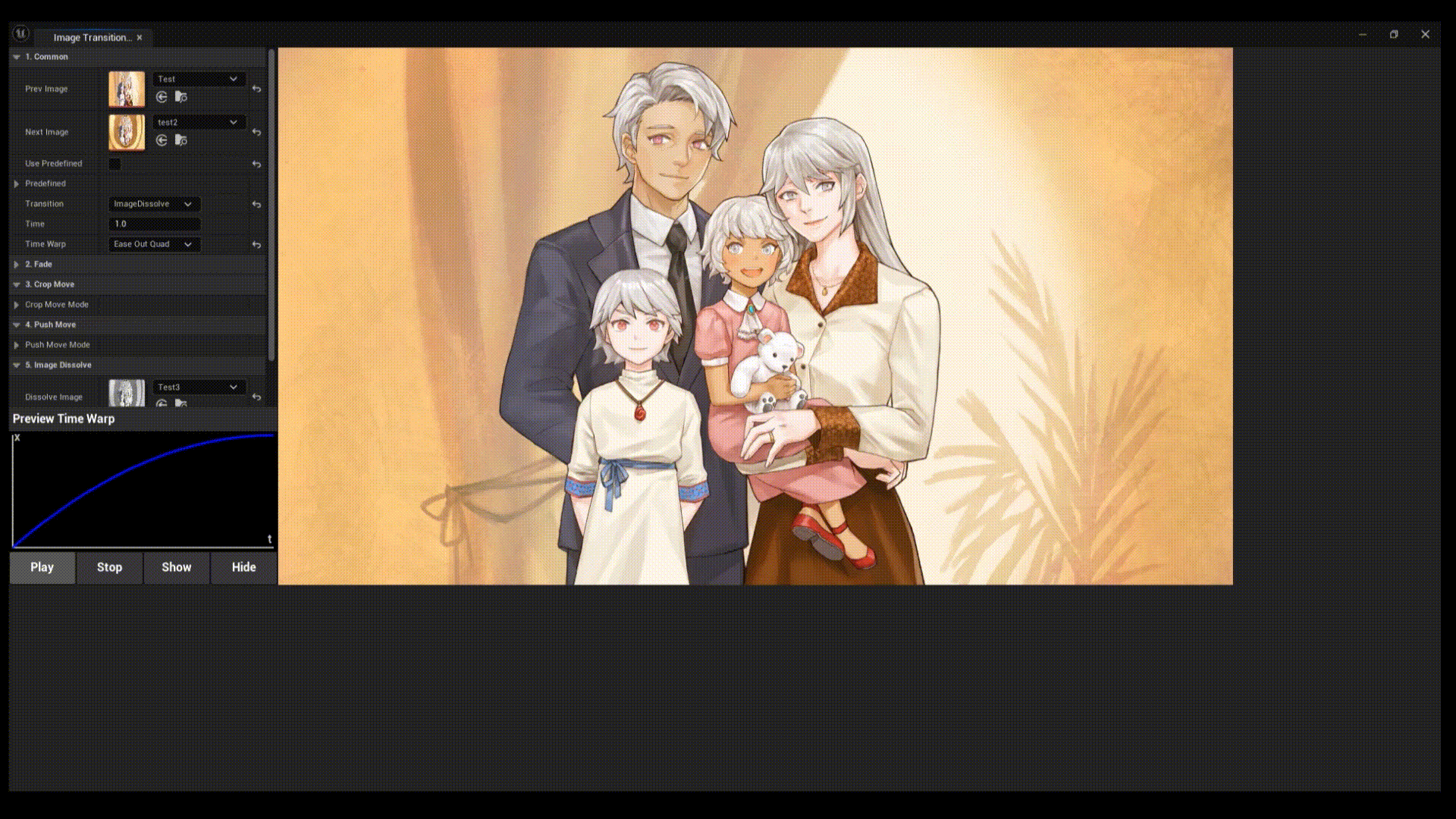
We are also listening to your feedback on our story, such as too many retrospection scenes and scripts being too long.
We are looking into it, trying to solve the problems by planning our scenes a step ahead, with more care.
3 new tracks were added during the last 3 months. We’ll do our best to present you with better music, and more joy!
The development may be slow, but we’re doing our best to deliver a better product.
We’re going to launch the game in Early Access again. Hence, we’ll listen to your feedback and make the game better together.
Wait for actual gameplay footage that we’ll bring you with the next update, early in 2026!
Thank you.






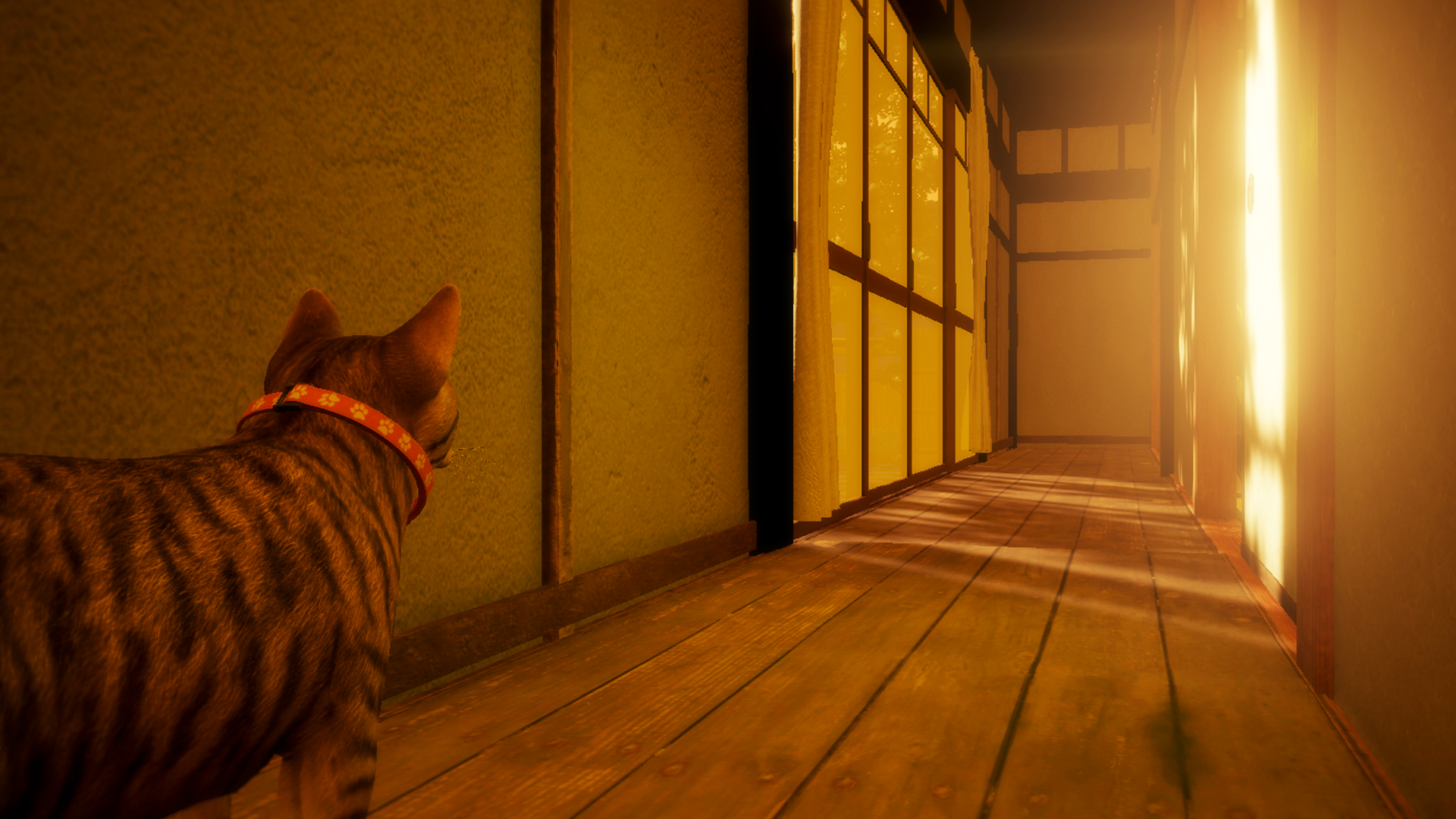
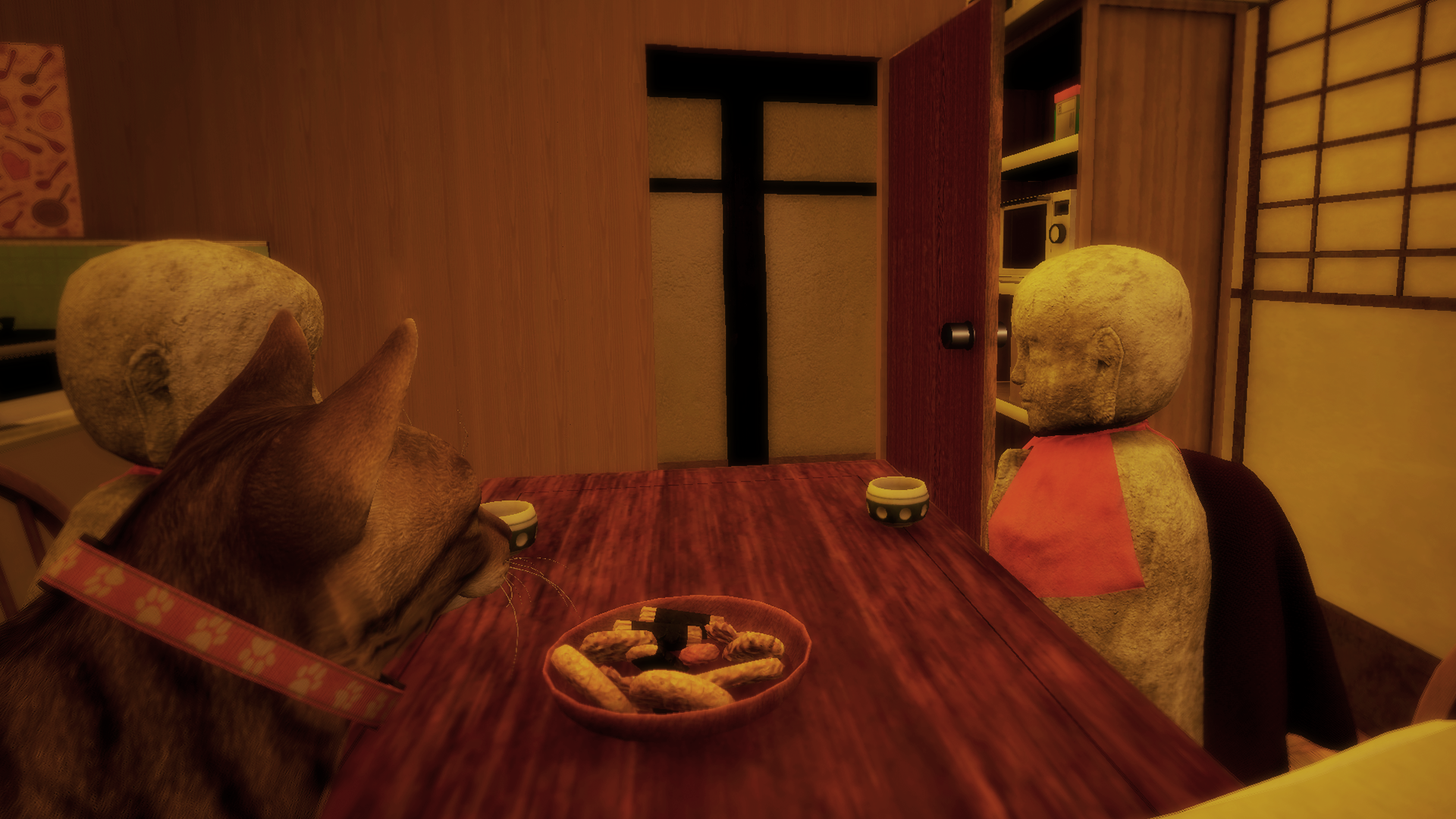


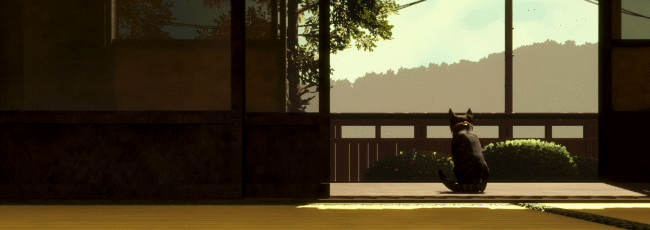


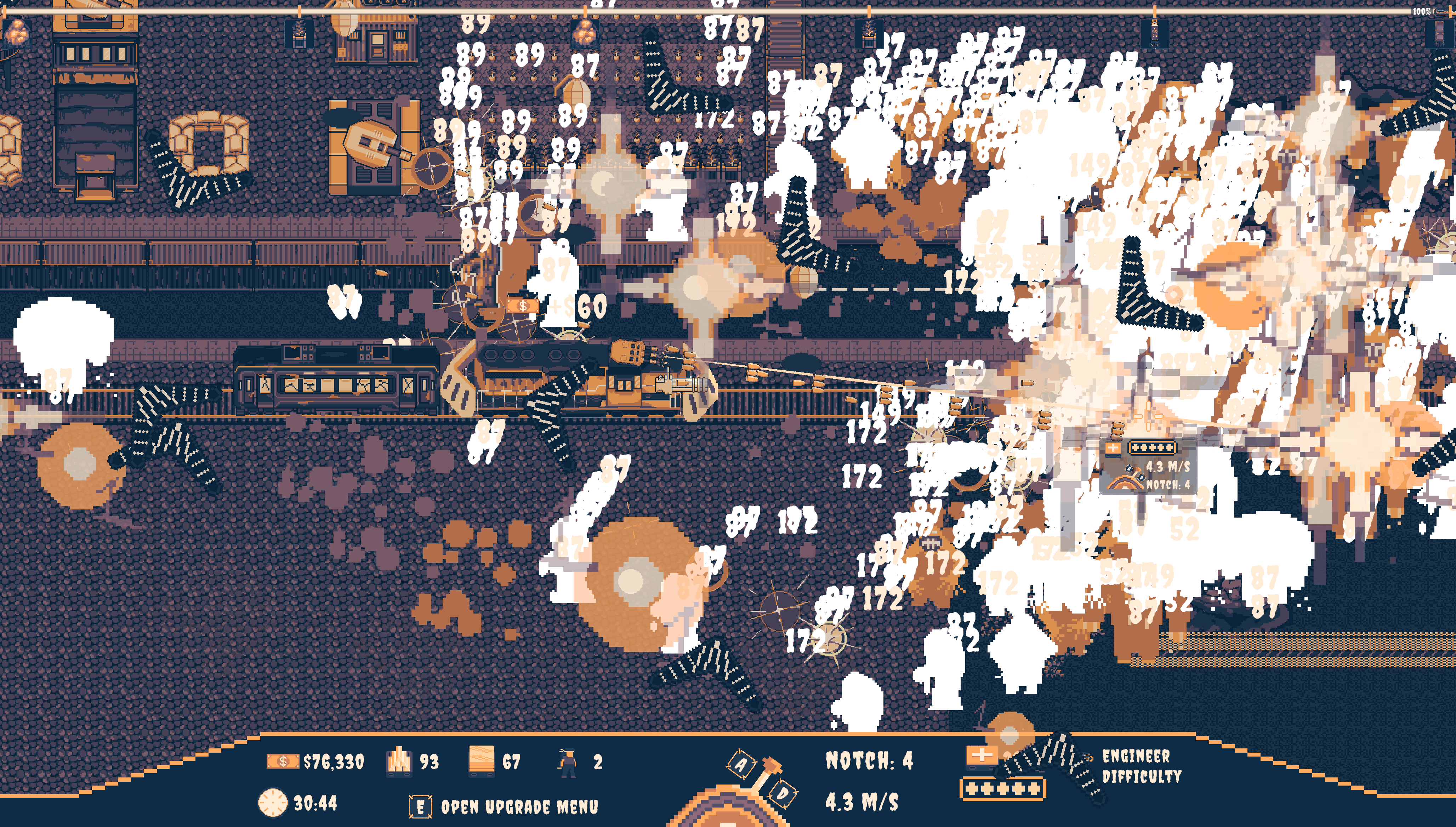
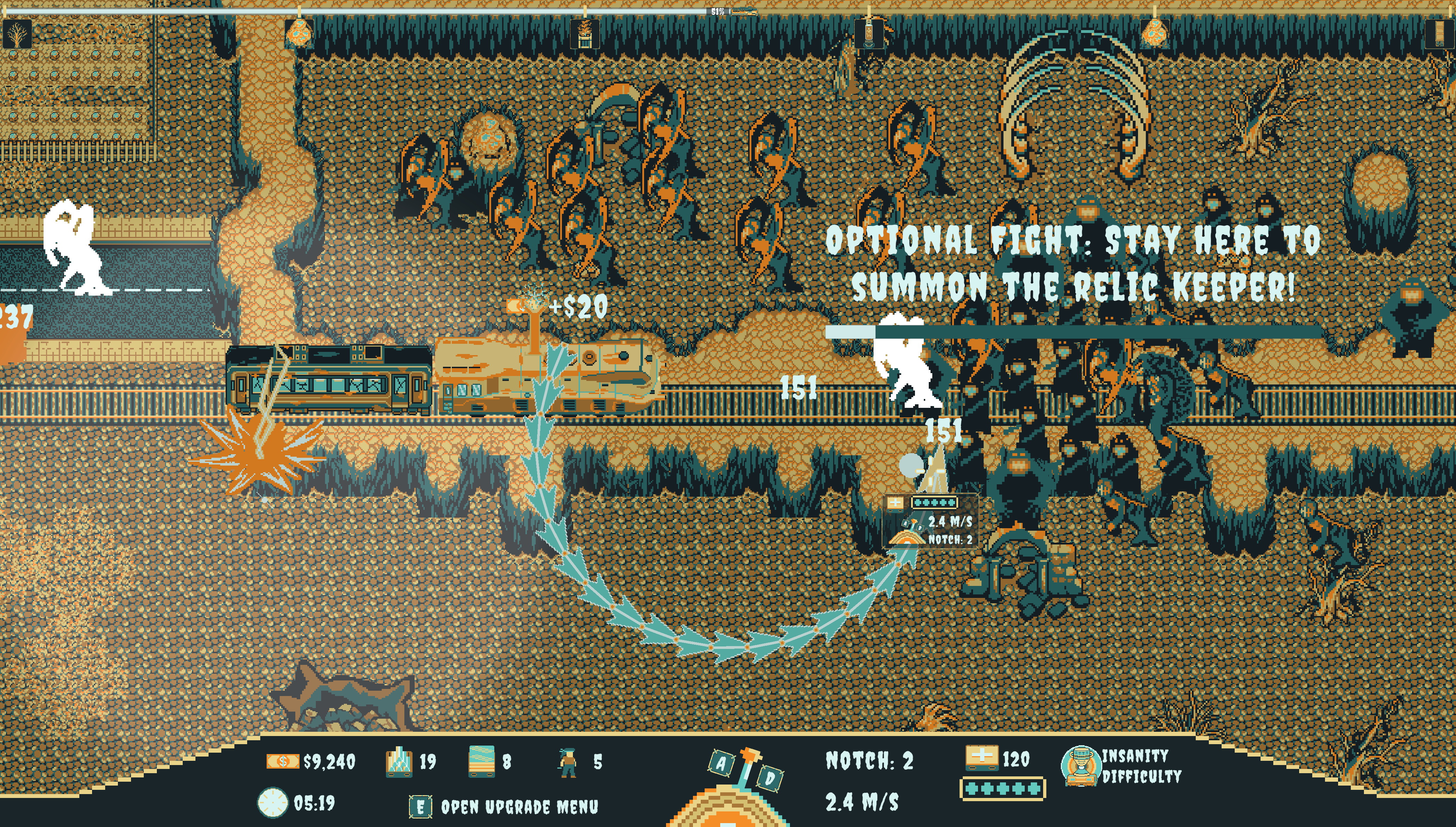





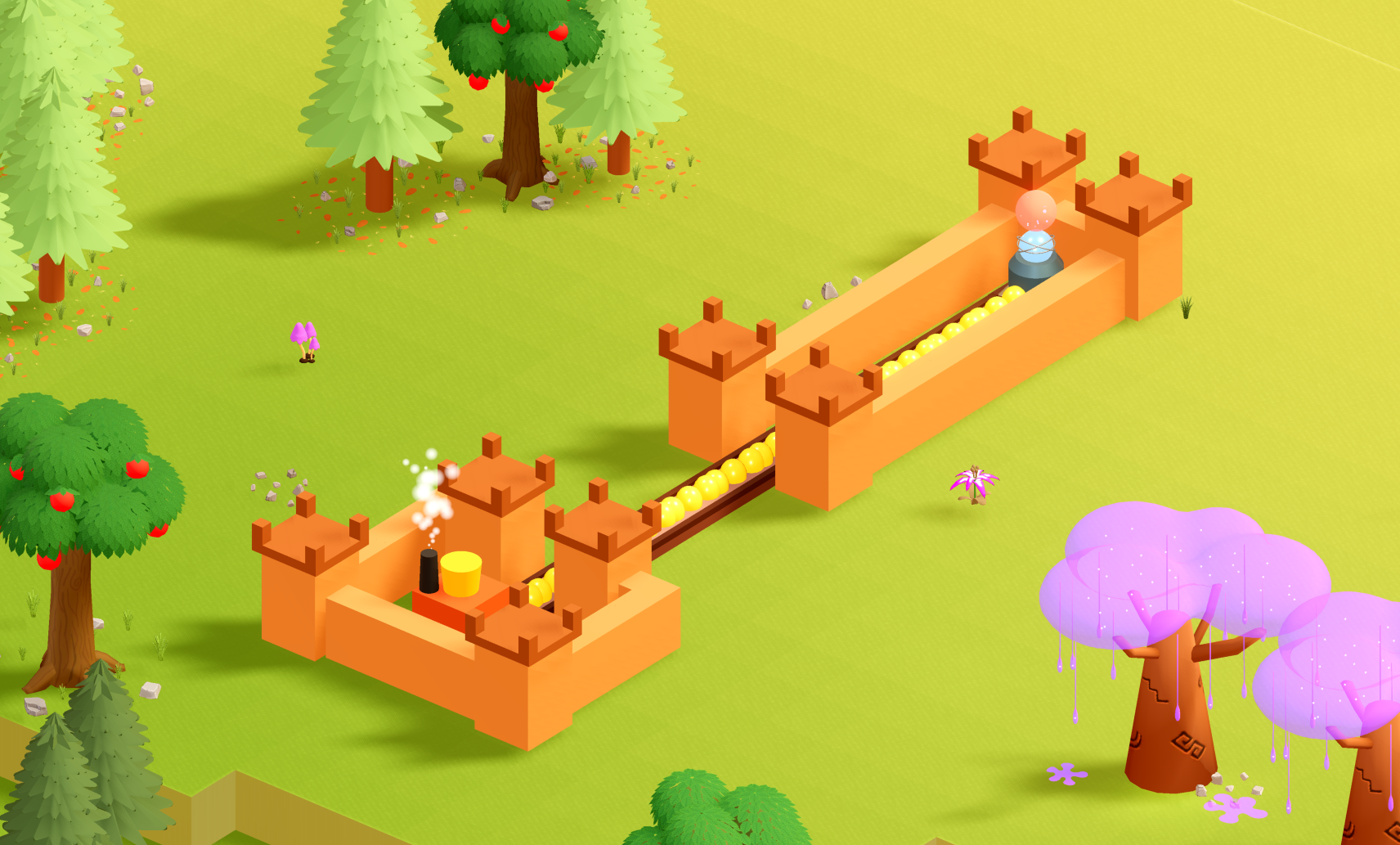
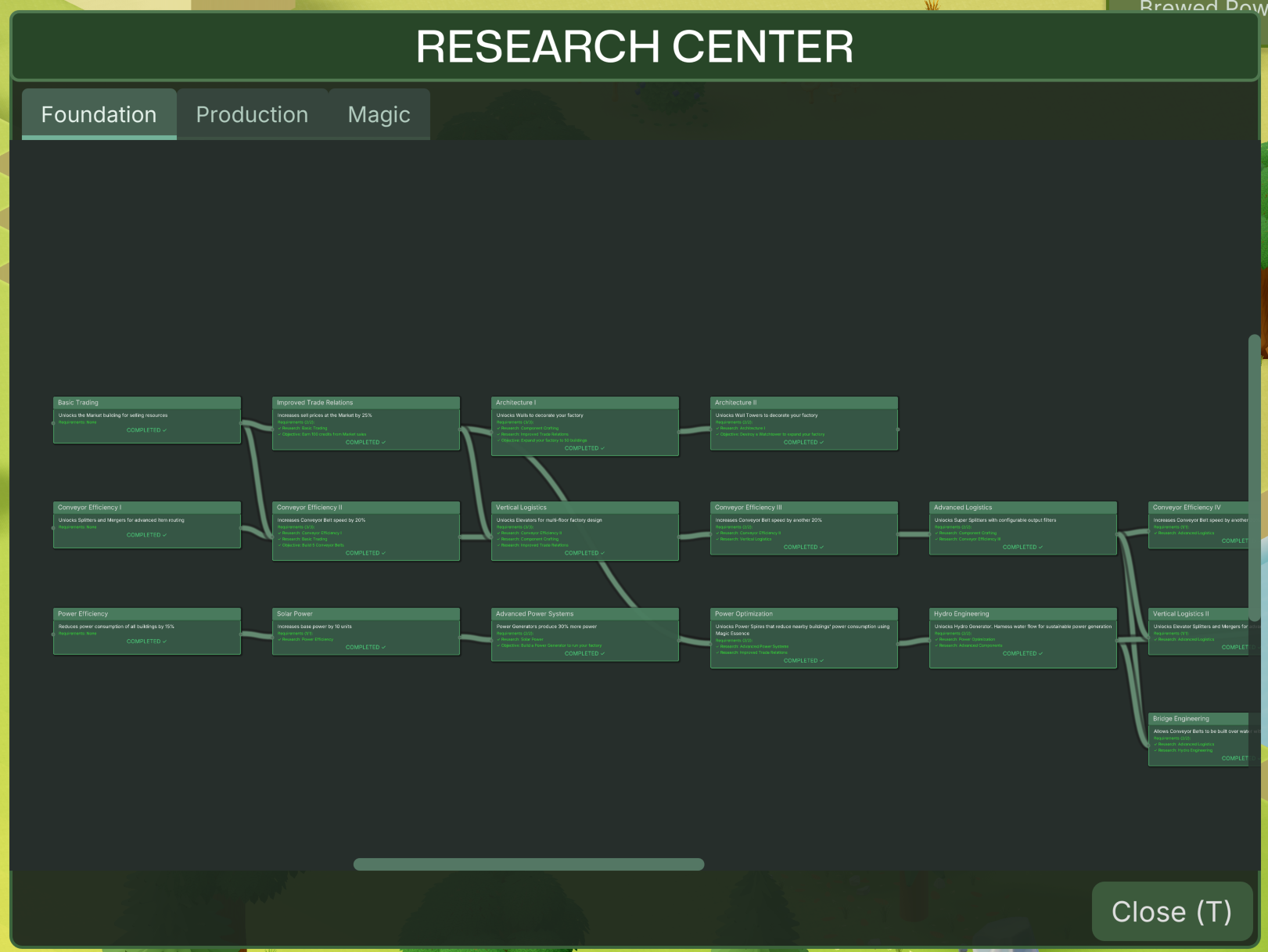
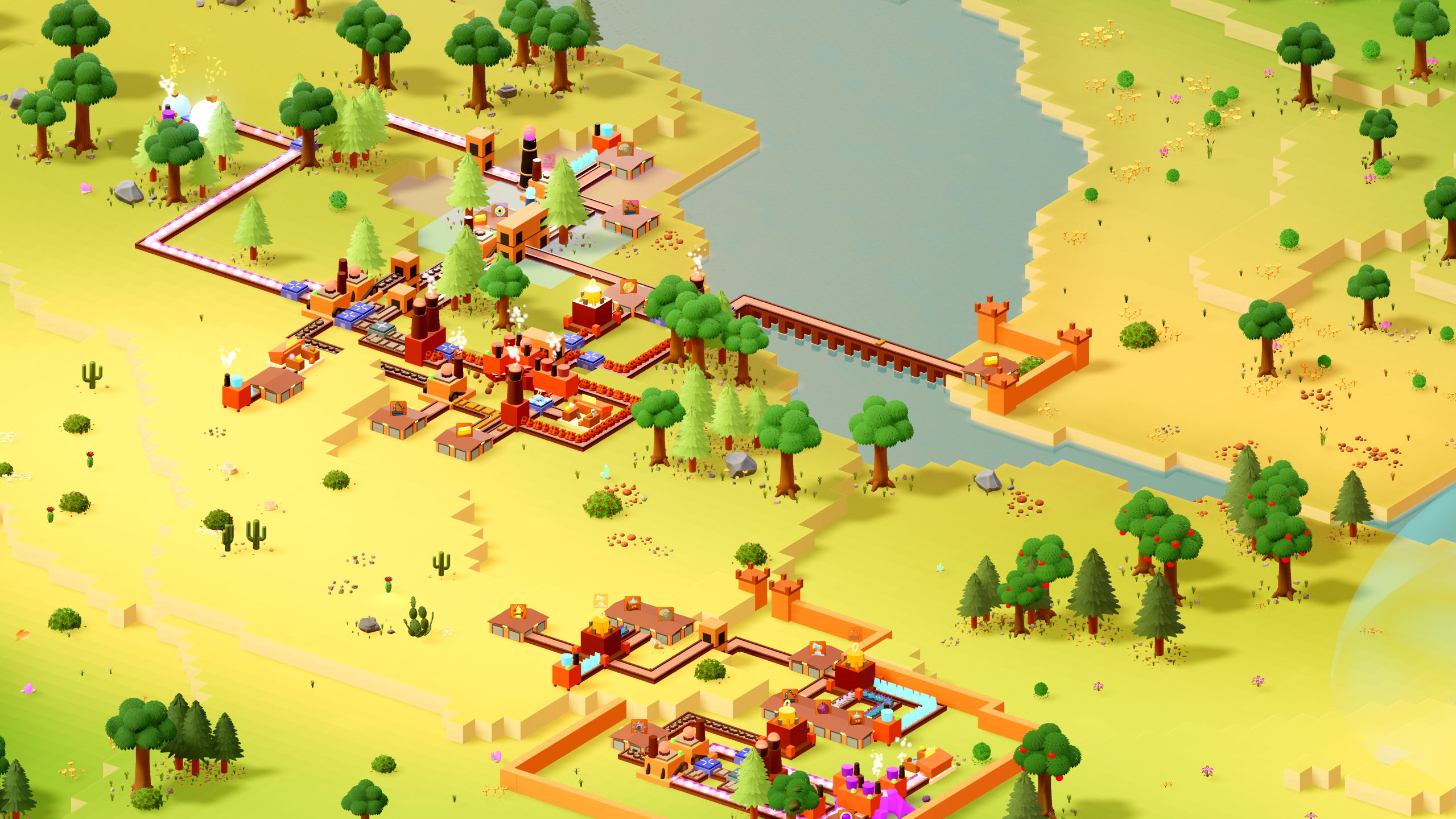


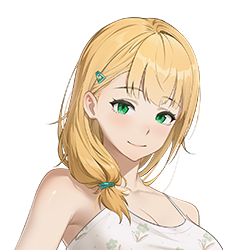
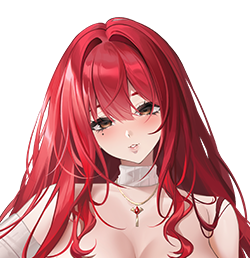
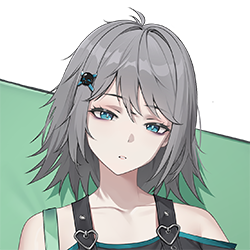


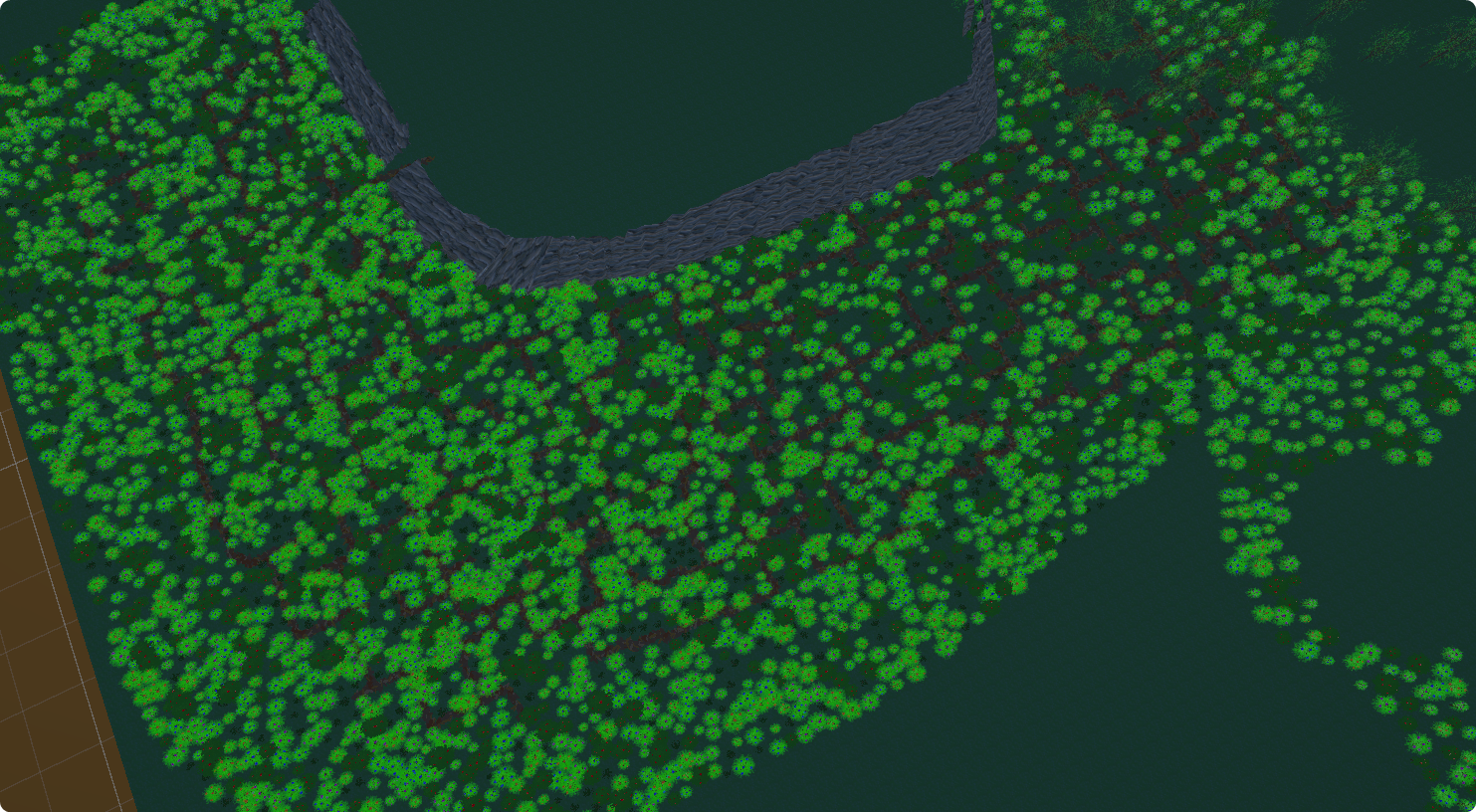
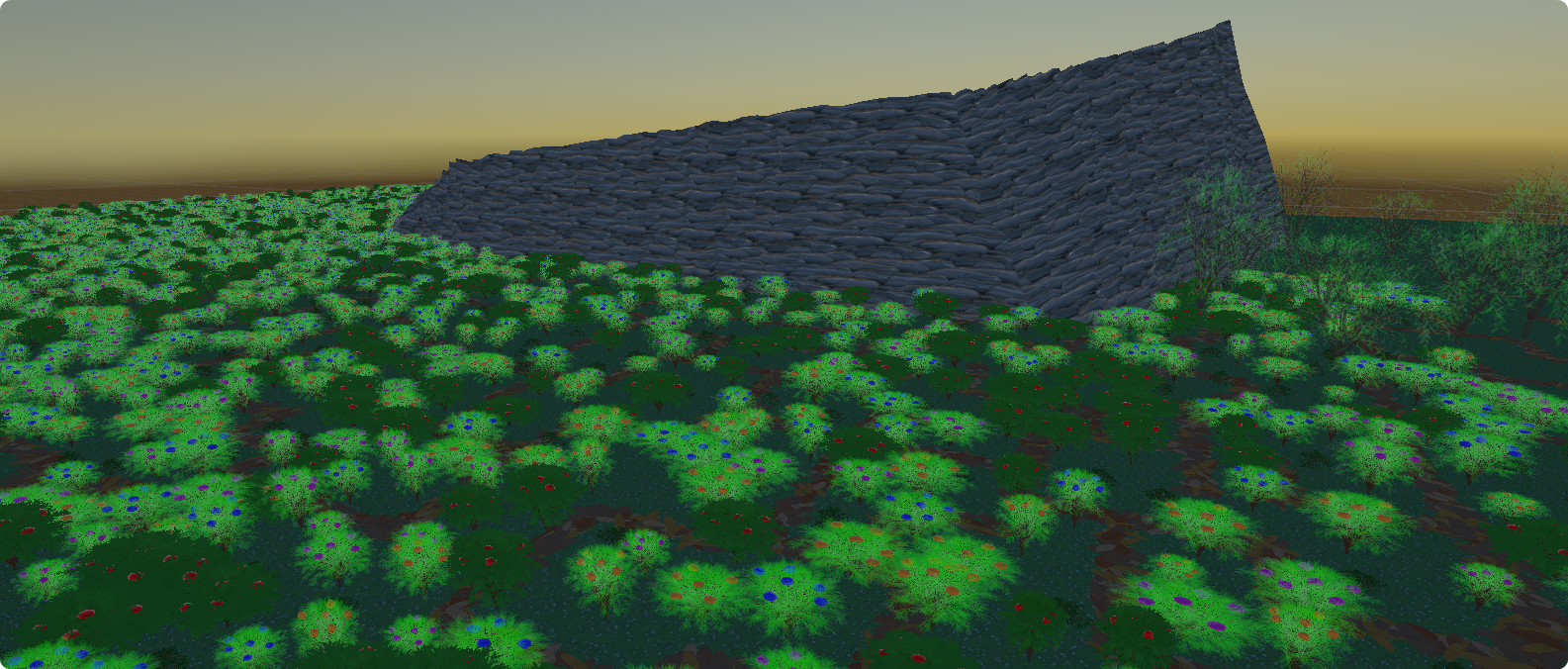

 What you're seeing here is just a part of the mountain, it will still become much higher.
What you're seeing here is just a part of the mountain, it will still become much higher.